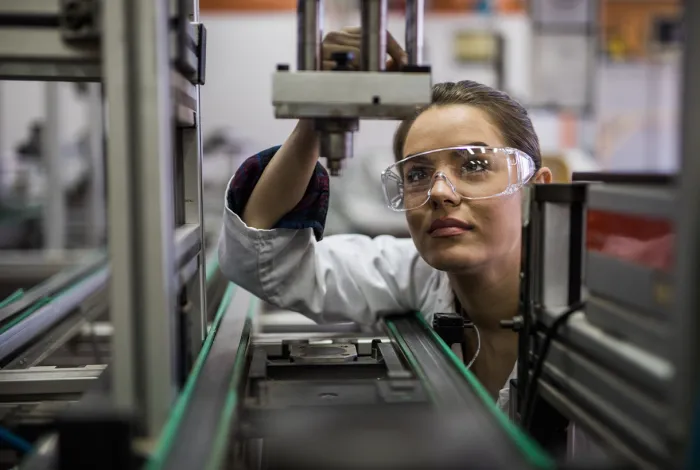
In the manufacturing industry, quality is of utmost importance. To ensure that the products produced meet certain standards, inspection and measurement processes are necessary. Inspection involves the visual examination of materials, products, or component parts at various stages of manufacturing, while measurement is the process of determining the physical dimensions or characteristics of a product or component. In this blog post, we will discuss the benefits of inspection, inspection planning, measurement errors, and the objectives of inspection.

Benefits of Inspection Inspection plays a crucial role in ensuring that products meet specific requirements and standards. It helps to identify defects or issues that may compromise the quality of the final product. By detecting these issues early, manufacturers can prevent further processing of defective products, which saves time and reduces costs. Inspection also helps to improve customer satisfaction by ensuring that the products meet their expectations. This leads to increased customer loyalty and repeat business.

Inspection Planning Inspection planning is the process of determining the type, frequency, and scope of inspections required for a product. It involves identifying the critical areas of a product and determining the appropriate inspection methods. Inspection plans should be developed in advance to ensure that the inspections are carried out consistently and efficiently.
Measurement Errors Measurement errors can occur due to a variety of factors such as human error, equipment calibration issues, or environmental conditions. These errors can result in inaccurate measurements and may lead to defects in the final product. To minimize measurement errors, manufacturers need to ensure that their measuring equipment is calibrated regularly and that their operators are trained on proper measurement techniques.
Objectives of Inspection The primary objective of inspection is to ensure that the final product meets the required standards and specifications. In addition to this, inspection also helps to identify areas where improvements can be made in the manufacturing process. By analyzing the data collected during inspections, manufacturers can identify trends and implement corrective actions to prevent future defects.
Inspection and measurement are critical processes in the manufacturing industry. They help to ensure that products meet specific requirements and standards, identify defects early, and improve customer satisfaction. Inspection planning and minimizing measurement errors are essential for accurate inspections, and the objectives of inspection go beyond just meeting the required standards. By focusing on these aspects of inspection and measurement, manufacturers can produce high-quality products and improve their bottom line.
References:
- American Society for Quality. (2019). Inspection. https://asq.org/quality-resources/inspection
- National Institute of Standards and Technology. (2021). Measurement Science. https://www.nist.gov/topics/measurement-science
- ISO. (2016). Quality management systems — Fundamentals and vocabulary. https://www.iso.org/standard/62085.html


